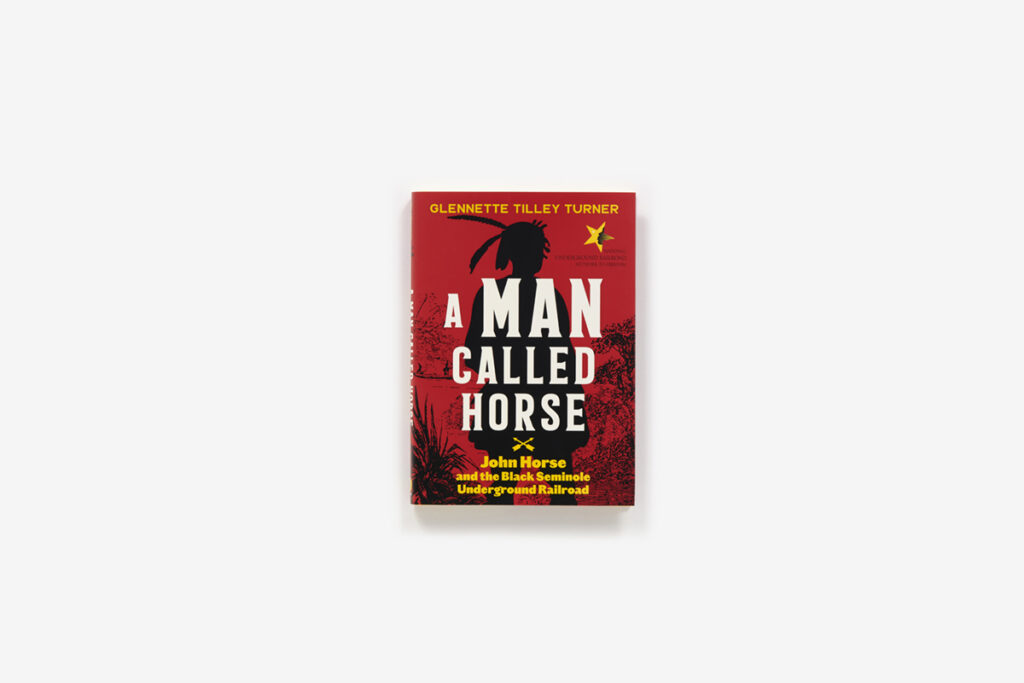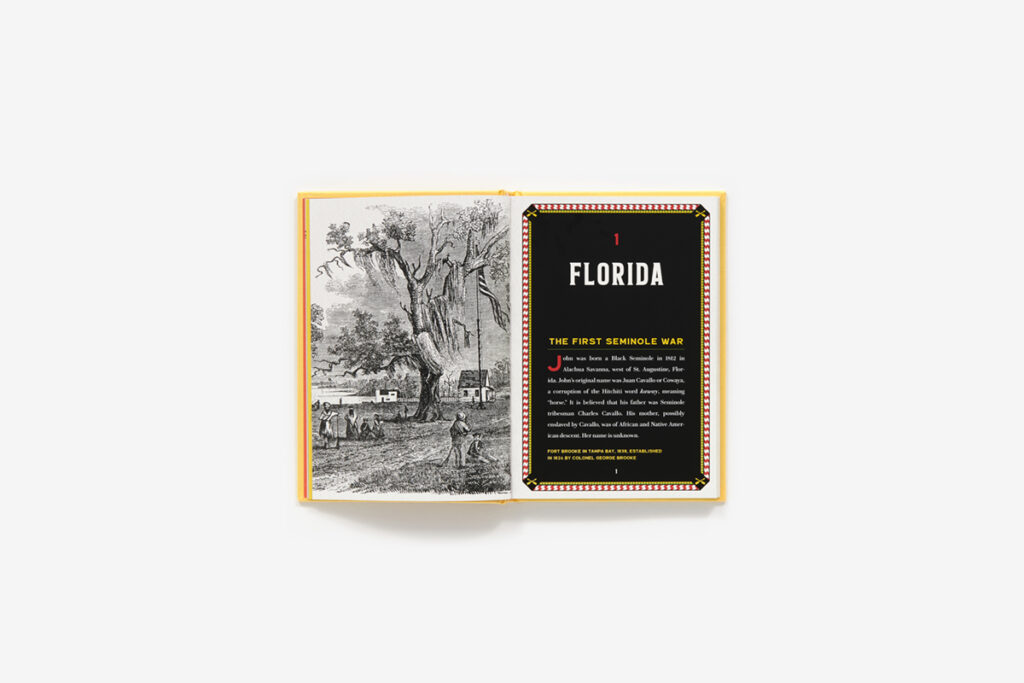Even when you’re finished attending school, you’re never done learning. A Man Called Horse is non-fiction proof to that for us, as well as, most people who will read the book. Despite having lived in Florida for half a decade I never knew anything about the Seminole. It’s very likely that resident Floridians know the basics about the Seminole Indians. However, I had no idea of the complex history that the region had in the early 1800s. What’s impressive about A Man Called Horse is how simple and concise author Glennette Tilley Turner makes the material.

John Horse and the Black Seminole Underground Railroad is the subtitle to the book and it alludes to how many moving parts that this era in American history encompassed. Many of the unknowns about this period will be solved by reading the introduction that’s in the book simply titled, Who Are The Seminole?

Essentially, the Seminole used to be a member of Upper Creeks in North Carolina and Alabama. They moved to Florida and changed their names to Seminoles. The Black Seminoles lived near them and were a mixture of some free Blacks, runaway slaves or descendants of Seminoles. To make things even more confusing, the Seminoles practiced a form of slavery, but it was a different type of slavery than their neighbors who came over from England. Even though it was still slavery, their type allowed for more freedom and the Seminoles considered themselves more of a protector, than an owner. The slaves in that instance were also allowed to make money but were required to pay the Seminoles a percentage of their profit.

So, who was John Horse? He was a Black Seminole born in 1812 and by the time the second Seminole War started in 1835 he was also a force to be reckoned with. Horse was a tall, physically intimidating fellow who thanks to his ability to speak English, assisted in numerous treaties and negotiations between the United States government and the Seminoles. But, remember that the Black Seminoles, even technically the property of the Seminoles, even if it was a form of indentured slavery.
Horse’s negotiations were conducted in good faith, but in those instances the United States government kept moving the goalposts, changing the deal or finding other partners to deal with. This led to Horse being imprisoned, escaping, getting stronger in reputation, relocating westward, and eventually going to Mexico. It was there that Horse had moments of peace and a working relationship with the government. While John and his troops were working well with the Mexican Army, the Fugitive Slave Act that was passed in 1850, allowed any Black person, free or formerly enslaved, could be taken into bondage.

This left his security on thin ice, which led him and the Mascago’s to go back to Texas where they’d help the U.S. Government with border control. The story of John Horse is fascinating and frustrating. It’s a non-fiction epic that’s heroic, tragic, and historic. A Man Called Horse is also very well researched, complete with dozens of photographs, maps, and multi-colored pages. It’s a small thing, but there’s a red, white, green, and yellow border that’s along the edges of every two pages. The pages are also on glossy stock. These two things really help entice younger readers that this is a book that they can enjoy. Enjoy, might be the wrong word, but it’s a great book that some audiences won’t be attracted to simply because of its content and that it’s non-fiction. It’s the approachability of A Man Called Horse that will attract middle school readers to it. This is non-fiction that may not seem interesting to all on the surface. However, its craft and quality is one that will bring in many new readers into this period of American history and lots of folks don’t know a lot about it.
A Man Called Horse, John Horse and the Black Seminole Underground Railroad is by Glennette Tilley Turner and available on Abrams Books for Young Readers, an imprint of Abrams Books.
There are affiliate links in this post.





 Facebook
Facebook Twitter
Twitter Flickr
Flickr GooglePlus
GooglePlus Youtube
Youtube